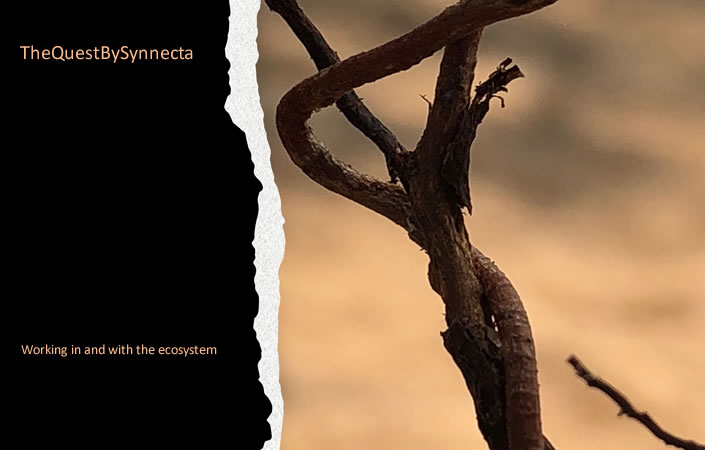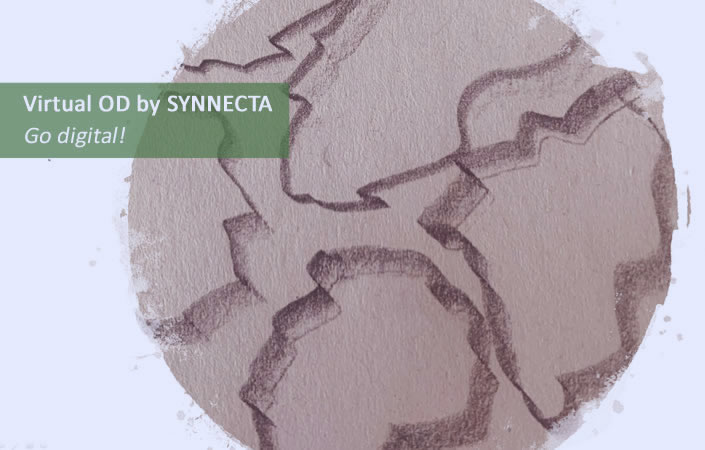


TheQuestBySynnecta – What are we for?
TheQuestBySynnecta – What are we for? People in organizations expect a credible answer to this question in order to be able to establish a context for their work that delivers a sense of both purpose and meaning. Reacting to such challenges, companies position...
Virtual OD by SYNNECTA – Go digital!
Virtual OD by SYNNECTA – Go digital! The digital world is a great source of new potential for organizations to foster a cultural change that is more democratic and more tuned into the future in order to address the challenges of an increasingly complex and dynamic...
Some Thoughts about Mindset: a trending term
Some Thoughts about Mindset: a trending term How we see the world, and what we know about it, is shaped by what has gone before: it is conditional. The notion that our perception and understanding creates an image of the world has long been doubted. At least since the...
